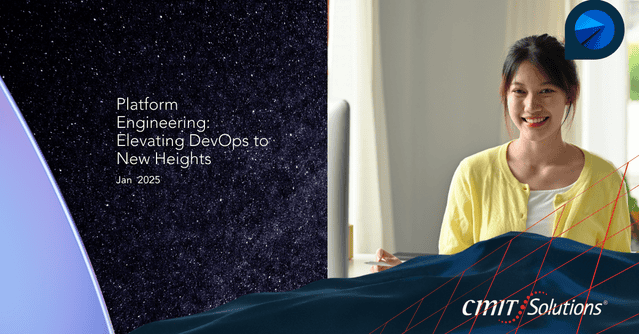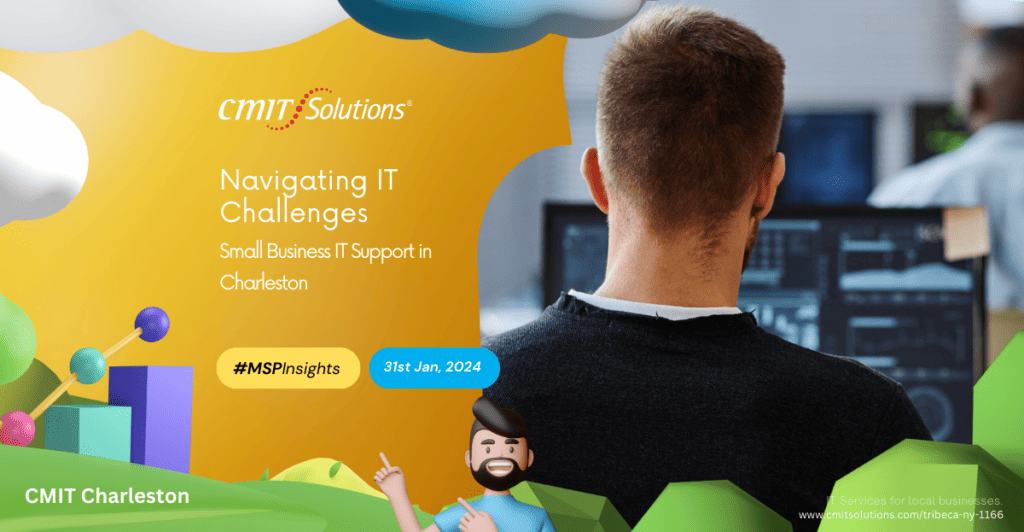Modern cloud-native architectures are transforming how businesses operate, but their complexity can overwhelm developers. With an ever-growing array of tools, frameworks, and processes like infrastructure provisioning and configuration management, developers often face “cognitive overload.” This challenge hampers productivity and increases the risk of errors.
Enter platform engineering, an innovative approach designed to simplify workflows, enhance developer experiences, and maximize efficiency. By abstracting complexities and providing curated self-service tools, platform engineering empowers developers to focus on innovation rather than infrastructure challenges.
What Is Platform Engineering?
Platform engineering builds on the principles of DevOps, which aims to streamline software delivery by integrating development and operations teams. While DevOps has achieved significant success, many organizations struggle to enable developers to independently manage the end-to-end deployment and operation of their applications.
A 2020 study by Puppet revealed that top-performing development organizations often rely on a dedicated team to create an Internal Developer Platform (IDP). These teams select and integrate tools tailored to developers’ needs, presenting them in a cohesive and easy-to-consume manner. Unlike off-the-shelf products, an IDP is highly customized and continuously refined to optimize workflows and enhance usability.
Key Benefits of Platform Engineering
Platform engineering enhances productivity, software quality, and delivery speed. Here are some of its core benefits:
1. Reducing Cognitive Overload
An IDP simplifies development by standardizing tools and offering self-service capabilities. Developers gain control over configurations and deployments without worrying about underlying infrastructure, enabling them to focus on creative solutions. This aligns with strategies like streamlining IT operations to drive efficiency.
2. Improving Collaboration
Platform engineering fosters collaboration through qualitative and quantitative feedback loops. It helps teams identify common challenges and implement solutions that benefit multiple departments. Leveraging collaboration tools for remote teams further strengthens teamwork.
3. Enhancing Security and Compliance
Integrating security tools, such as vulnerability scanners, into the IDP helps meet regulatory standards. Governance frameworks enforce software and tool version controls, ensuring continuous compliance with cybersecurity best practices.
Platform Engineering and Automation
Automation is at the heart of platform engineering. While DevOps automates tasks at the team level, platform engineering scales automation across the organization. This reduces errors, increases efficiency, and ensures compliance.
Generative AI takes automation further. Integrated into IDPs, tools like ChatGPT can generate configuration files, create code snippets, and produce documentation, enhancing workflows and speeding up development cycles. This aligns with AI-driven projections for IT services.
Security in Platform Engineering
Incorporating robust security measures into platform engineering is essential. Teams should:
- Integrate Advanced Tools: Use vulnerability scanning and automated patch management to address threats.
- Enforce Governance: Establish frameworks that maintain security across the development environment, much like endpoint security strategies.
- Support Compliance: Leverage tools and workflows that align with regulations such as GDPR and HIPAA, ensuring your organization meets compliance standards.
Building an Effective IDP
Creating a successful IDP requires collaboration between platform engineering teams and developers. Key steps include:
- Workflow Analysis: Study existing workflows to identify bottlenecks.
- Tool Selection: Choose tools that align with the organization’s goals, integrating cloud solutions and automation frameworks.
- Continuous Improvement: Collect feedback and refine the platform to ensure it meets evolving needs.
The Role of Generative AI
Generative AI tools are revolutionizing platform engineering by:
- Automating Repetitive Tasks: AI accelerates processes such as testing and debugging.
- Enhancing Decision-Making: Advanced analytics guide infrastructure optimizations.
These advancements mirror the benefits of managed IT services that emphasize proactive and automated solutions.
Why Platform Engineering Matters for CMIT Charleston Clients
As businesses in Charleston embrace digital transformation, platform engineering provides the structure and efficiency needed to manage complex IT environments. Whether it’s securing network infrastructures or enhancing productivity, the approach aligns with local business priorities.
CMIT Charleston can assist in:
- Strategic Planning: Designing a roadmap for platform engineering tailored to your business.
- Tool Integration: Implementing technologies that improve workflows and security.
- Continuous Support: Offering ongoing management and optimization of your platform engineering efforts.
Conclusion
Platform engineering is transforming the software development landscape by streamlining workflows, enhancing security, and fostering collaboration. With an emphasis on automation and the integration of generative AI, organizations can significantly boost productivity and innovation. For businesses in Charleston, platform engineering represents an opportunity to stay competitive in a fast-evolving digital landscape.
At CMIT Charleston, we’re committed to helping businesses navigate this transformation. Whether it’s optimizing your workflows, integrating cutting-edge tools, or enhancing security, our expertise ensures you’re well-equipped for success. Reach out to us today to learn how platform engineering can elevate your business to the next level.





